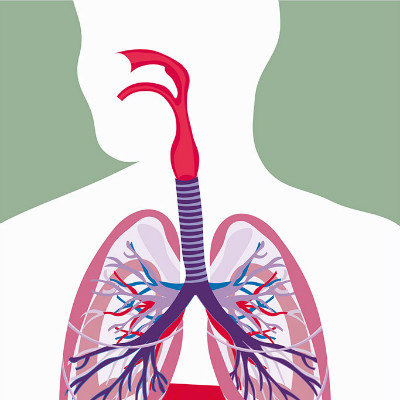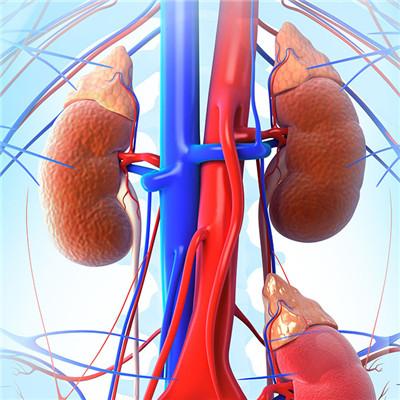What is the maximum ventilation?
summary
What is the maximum ventilation? Maximum ventilation refers to the maximum amount of air that can be breathed per unit time in the measurement of lung function.
What is the maximum ventilation?
The maximum ventilation volume refers to the maximum air volume that can be breathed per unit time in the measurement of lung function. It depends on three factors: (1) the complete structure of the chest and the strength of the respiratory muscles; ② The patency of respiratory tract; ③ Lung tissue elasticity.

Maximum ventilation refers to the maximum amount of air that can be breathed per unit time in the measurement of lung function. The subject breathes at the maximum speed and amplitude for 15 seconds, and the total exhaled air volume multiplied by 4 is the maximum ventilation volume per minute.

In China, the normal adult male is about 100 liters and the female is about 80 liters. The maximum ventilation volume was related to age, gender, body surface area, chest, respiratory muscle and lung tissue, and airway smooth.

matters needing attention
When determining whether the maximum ventilation is normal, the measured value should be compared with the predicted value. If the measured value accounts for 80-100% of the predicted value, it is basically normal, 60-70% is slightly decreased, and 40-50% is significantly decreased. The physiological significance of maximal ventilation is the same as that of time vital capacity, which is often replaced by time vital capacity because it is difficult to measure.














